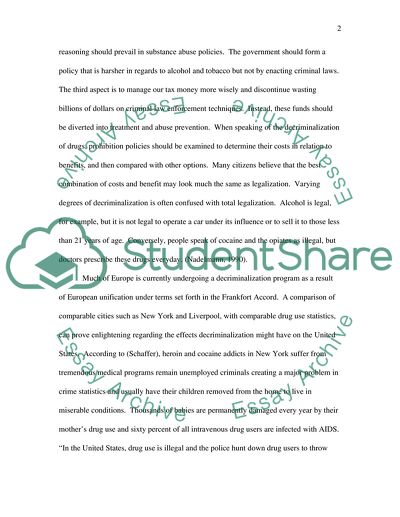Cite this document
(“Pros and Cons of Government Using Different Drug-Control Strategies Research Paper”, n.d.)
Pros and Cons of Government Using Different Drug-Control Strategies Research Paper. Retrieved from https://studentshare.org/politics/1730249-research-the-pros-and-cons-of-government-using-different-drug-control-stategies
Pros and Cons of Government Using Different Drug-Control Strategies Research Paper. Retrieved from https://studentshare.org/politics/1730249-research-the-pros-and-cons-of-government-using-different-drug-control-stategies
(Pros and Cons of Government Using Different Drug-Control Strategies Research Paper)
Pros and Cons of Government Using Different Drug-Control Strategies Research Paper. https://studentshare.org/politics/1730249-research-the-pros-and-cons-of-government-using-different-drug-control-stategies.
Pros and Cons of Government Using Different Drug-Control Strategies Research Paper. https://studentshare.org/politics/1730249-research-the-pros-and-cons-of-government-using-different-drug-control-stategies.
“Pros and Cons of Government Using Different Drug-Control Strategies Research Paper”, n.d. https://studentshare.org/politics/1730249-research-the-pros-and-cons-of-government-using-different-drug-control-stategies.


